Huge HiRISE Photo Release Reveals Mars' Beauty
Mars' Beauty Revealed
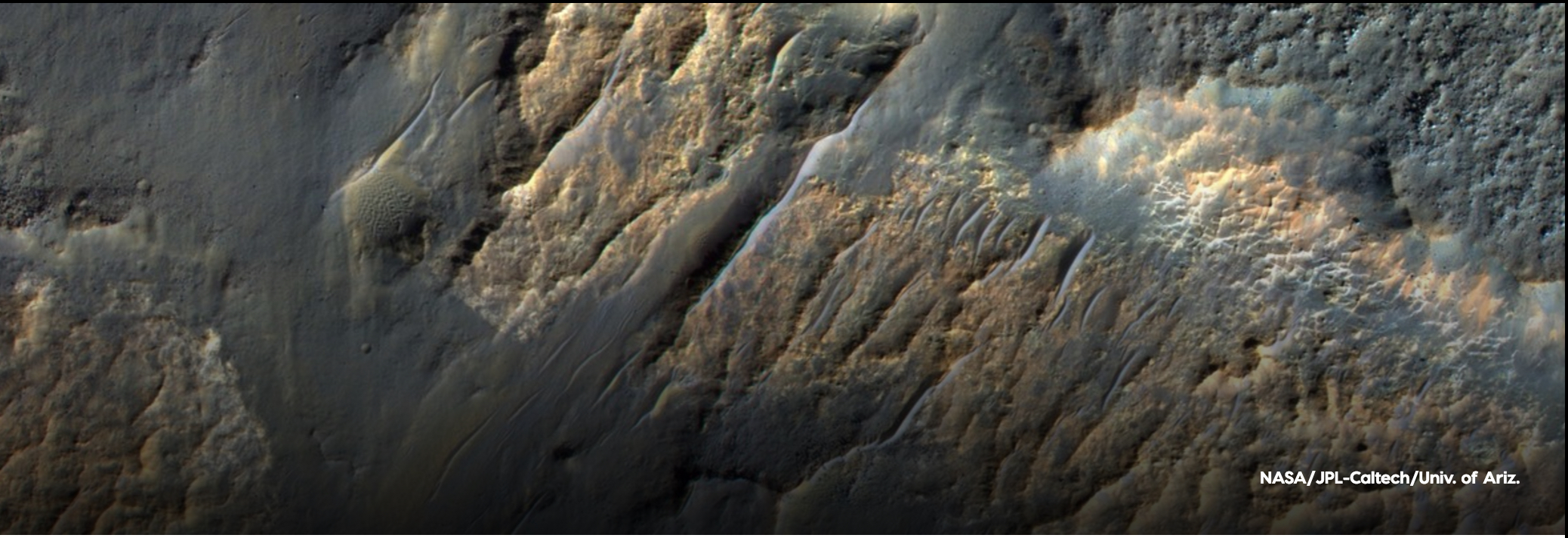
More than 1,000 new Mars images have been released by the High-Resolution imaging Science Experiment (HiRISE). The camera aboard the Mars Reconnaissance Orbiter has been taking pictures of the Red Planet since 2006, providing an incredible high-definition view of the surface. With the experiment now in its second decade of operations, it has proved to be of huge value for science, since it can monitor locations for extremely long periods at jaw-dropping resolutions, as well as mission planning, since it take detailed pictures of the surface for potential landing sites.
Related: The Psychedelic Landscape of Mars
We combed through the database and picked out just a small selection of photos, representing everything from mission landing sites to locations with watery potential:
Could Humans Walk Here One Day?
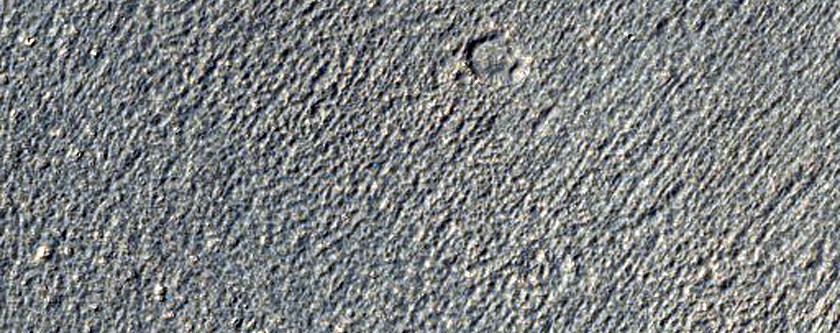
For the last few years, NASA has been positioning much of its work to support a "Journey to Mars: where humans would will on the surface, potentially in the 2030s. If we make it there, it won't be an easy journey. And there's much to learn. How will we stay healthy after months in microgravity? How will Earth-Mars communications work? We also need to figure out what kind of spacecraft would be best to get us to the surface. Just like on the moon, the very first landing sites on Mars are likely to be very flat and very safe to minimize the risk of any harm during landing. This region of Hellas Planitia (as is obvious in the picture) is extremely flat, providing ample room for error if the landing goes slightly off track. The downside is the astronauts will have to travel some distance to get to some of the younger and more interesting geological sites, so let's hope future Mars rover are really long-ranging and durable.
Where Mars 2020 Could Rove
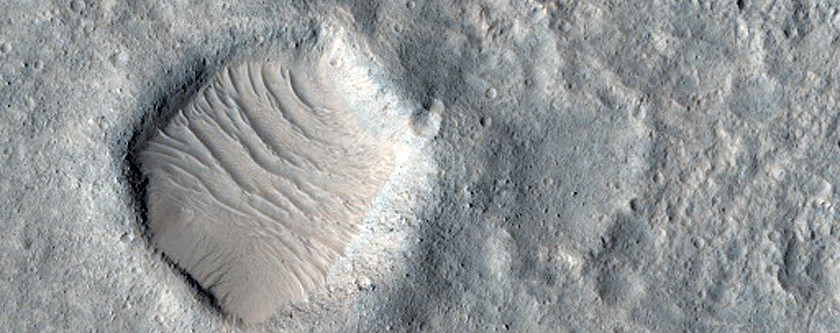
The Mars 2020 rover is supposed to be an upgrade to the Curiosity rover, which has spent four years wandering Gale Crater and up the slope of Mount Sharp. Unlike its predecessor, Mars 2020 will have special cameras to record its parachute opening — providing a first-ever and valuable close-up view for engineers. The rover will also carry a microphone and several experiments to record the environment around it. In a 2015 UK Space Agency slideshow for a Mars 2020 workshop, several attributes of the Martian valley of Hypanis point to justifications to land the rover could look at. It also appears to be a zone serviced by an "extensive" fluvial system, which could give more data on the history of water on Mars. It also would put other zones on Mars into context as this valley "could be a representative example of widespread, ancient deltaic systems at Chryse basin margin," officials wrote.
Where There's Clay, There's Potential Water
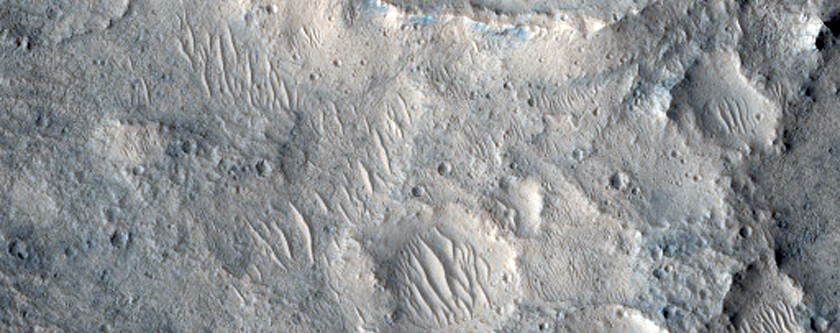
As clay usually forms in wet environments, this area could have been full of water in the ancient past. NASA has done an inventory of thousands of Martian clay sites using the spacecrafts's Compact Reconnaissance Imaging Spectrometer for Mars. The survey found that the most common clays on Mars are iron-magnesium, which are found in the deep crust and usually created in subsurface water. Other clays can be created beneath volcanic layers (containing olivine) or on water near the surface (containing aluminum).
A World Shaped by Wind
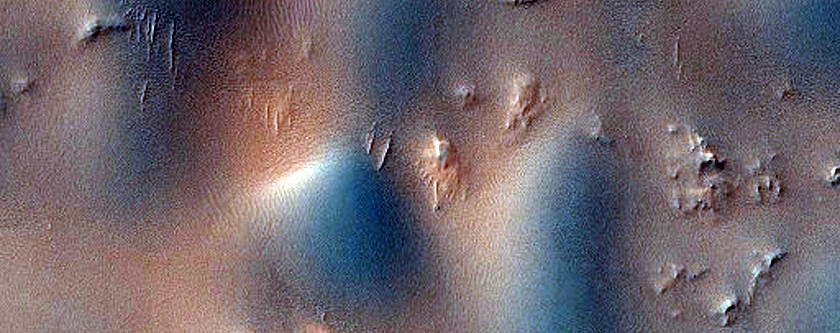
Much of Mars today is shaped by the movement of wind, as is obvious here in this image of Newton Crater. You can see several dunes on the surface, and over time these dunes shift across the Red Planet. NASA is interested in how fast these dunes shift and often makes comparisons to Earth to understand the situation better. In 2014, NASA briefly discussed the dome and barchan dunes in this crater: "Barchan dunes in particular are common on Earth, and are generally crescent-shaped with a steep slip face bordered by horns oriented in the downwind direction. Barchan dunes form by unidirectional winds and are good indicators of the dominant wind direction."
Get the Space.com Newsletter
Breaking space news, the latest updates on rocket launches, skywatching events and more!
Looking at the First Landing Site
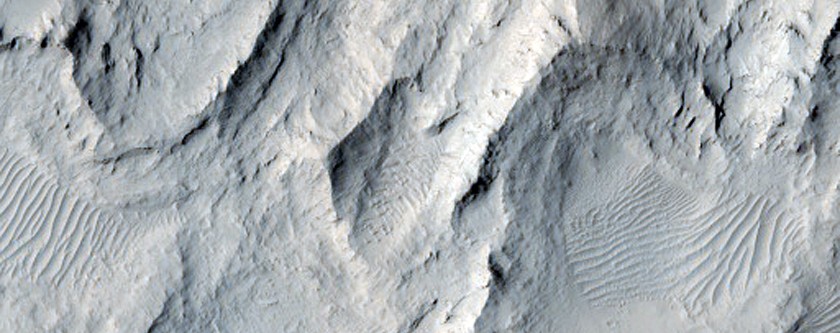
Viking 1 made the first landing on Mars in 1976, exactly 40 years ago on July 20. This was a stationary lander that spent years sending back data from the surface, along with its twin Viking 2. The spacecraft are also famous for performing some controversial life-searching experiments on the surface. Viking 1 and 2's sister orbiting craft took high-resolution imagery of Mars that proved extremely valuable for NASA's exploration in the 1990s, before the current generation of Mars orbiters. What's useful about this HiRISE image of the region is it provides long-term changes in the area long after Viking 1's operations have ceased. Moreover, with Viking 1's pictures from the surface, scientists can make comparisons between what was seen below, and what we see today above.
Where InSIght Could Dig Deep
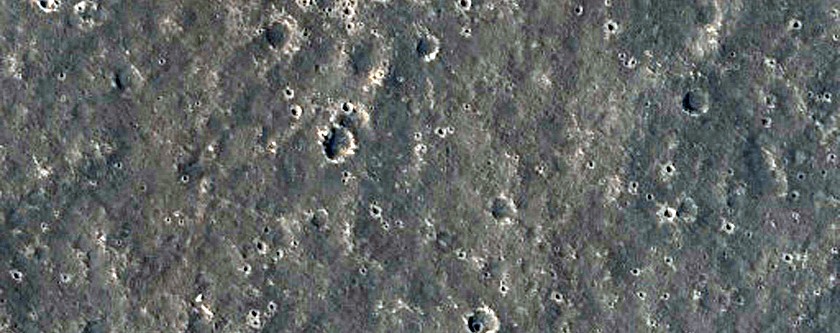
While picture-loving Mars fans have been spoiled by the ever-changing views from the Curiosity and Opportunity rovers, there are other parts of Mars science that require staying still for long periods of time. The stationary InSight lander was supposed to launch this year, but a vacuum leak in its prime science instrument forced mission managers to wait for the next opportunity when Mars and Earth are close to each other (in 2018). This is one of its potential landing sites. Once the spacecraft arrives, it will send a probe deep into the Martian surface to learn more about the interior, particularly in matters such as Marsquakes and heat distribution. Its goal is to better understand how rocky planets (including Earth) formed and evolved over the eons.
Briny Water?
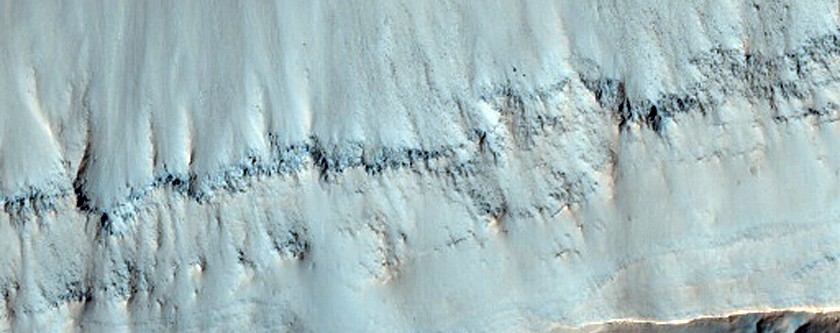
Last year, just as "The Martian" hype gripped Hollywood, NASA said that recurring slope linae (such as the ones seen here by HiRISE) showed evidence (through hydrated salts) that briny water flows today on Mars. "These darkish streaks appear to ebb and flow over time," NASA wrote. "They darken and appear to flow down steep slopes during warm seasons, and then fade in cooler seasons. They appear in several locations on Mars when temperatures are above minus 10 degrees Fahrenheit (minus 23 Celsius), and disappear at colder times." A different sort of feature, called gullies, likely were not created from liquid water. Just a fe weeks ago, NASA's Jet Propulsion Laboratory discussed results from a new study that looked at more than 100 gullies. "The findings showed no mineralogical evidence for abundant liquid water or its by-products, thus pointing to mechanisms other than the flow of water — such as the freeze and thaw of carbon dioxide frost — as being the major drivers of recent gully evolution," NASA wrote.
A Scarred Mountain
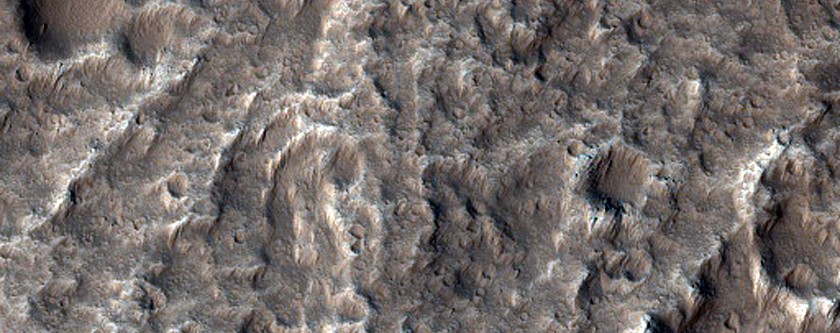
Olympus Mons is the highest volcano on Mars and easily outstrips the height of Everest. It doesn't appear to be an active volcano today, but you can see its ancient history written all over the slopes. One of the ways that scientists try to predict age on Mars is by using a technique called "crater counting," which looks at how many craters are in a region and how eroded they are. It is thought that a spot with fewer or more eroded craters is likely an older impact area than something with may, fresh craters. But how often craters smack into Mars — and how quickly they wear away — is a bit of an estimation process, so aging can't be exact unless you head straight to the surface. The slopes of Olympus Mons would be extremely challenging and dangerous for a rover, so perhaps this will wait until humans make regular trips to the surface.
Where Europa's First Mars Rover Could Touch Down
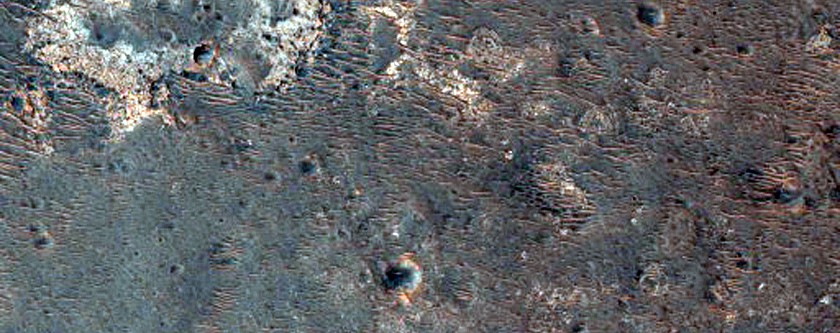
Europe and Russia are partnering up on a mission to send an orbiter and a rover to Mars. The orbiter, called the Trace Gas Orbiter, is on its way to Mars right now. The ExoMars rover was supposed to leave in 2018, but several technical delays pushed back the inspection schedule and made officials decide to wait until 2020 (the next available launch opportunity) to send the rover and its drill to the Red Planet. "The primary objective is to land the rover at a site with high potential for finding well-preserved organic material, particularly from the very early history of the planet," the European Space Agency wrote in a description of the mission. "The rover will establish the physical and chemical properties of Martian samples, mainly from the subsurface. Underground samples are more likely to include biomarkers, since the tenuous Martian atmosphere offers little protection from radiation and photochemistry at the surface."
Resting Place of Spirit
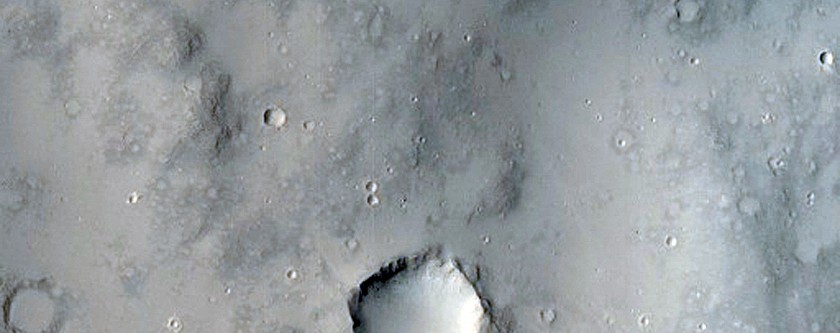
Spirit and its twin rover, Opportunity, both landed on the Red Planet in 2004. Spirit's location was Gusev Crater, where it operated for six years beaming back information to Earth. In 2010, however, Spirit got stuck in a sand trap and was unable to move; in the fading winter sunlight, it ceased communications with Earth. Among Spirit's major discoveries was finding hematite on Mars (which is formed in water). When it was stuck on Mars, it ended up making another discovery by accident. As its wheels were spinning in the soil. it revealed a very silica-rich layer that is similar to what is found on Earth when hot springs and volcanic rocks mix. It's an environment that on Earth, is rich in microbial life.
Originally published on Discovery News.
Join our Space Forums to keep talking space on the latest missions, night sky and more! And if you have a news tip, correction or comment, let us know at: community@space.com.

Elizabeth Howell (she/her), Ph.D., was a staff writer in the spaceflight channel between 2022 and 2024 specializing in Canadian space news. She was contributing writer for Space.com for 10 years from 2012 to 2024. Elizabeth's reporting includes multiple exclusives with the White House, leading world coverage about a lost-and-found space tomato on the International Space Station, witnessing five human spaceflight launches on two continents, flying parabolic, working inside a spacesuit, and participating in a simulated Mars mission. Her latest book, "Why Am I Taller?" (ECW Press, 2022) is co-written with astronaut Dave Williams.
